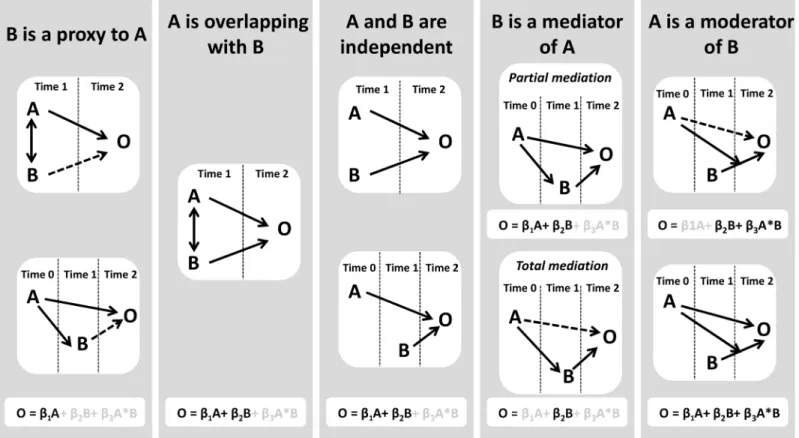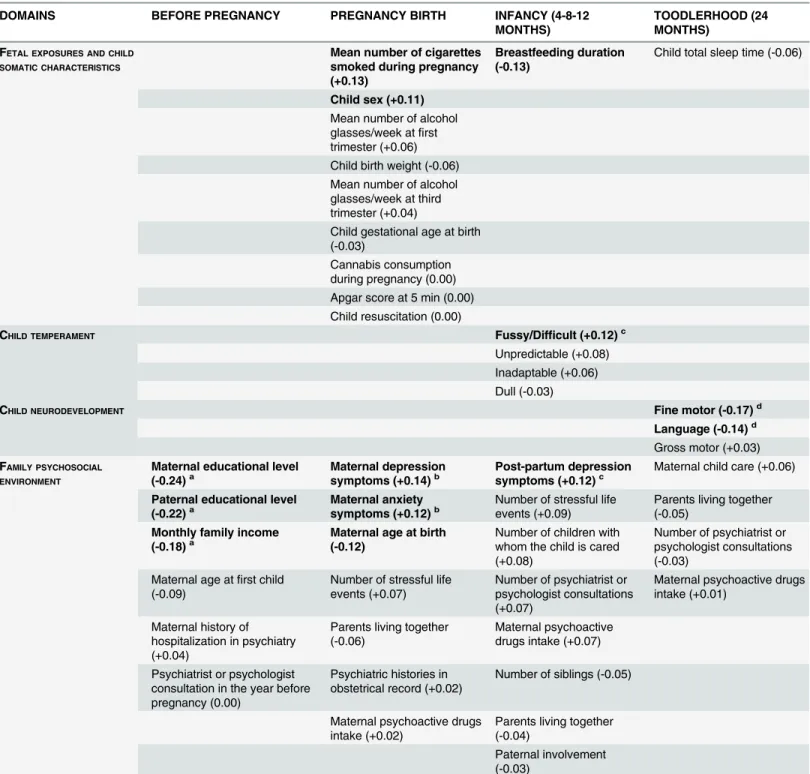Developmental predictors of inattention-hyperactivity from pregnancy to early childhood
Texte intégral
Figure




Documents relatifs
En définitive, pour garantir l’efficacité de la procédure d’entraide judiciaire, tout en respectant le droit d’être entendu des personnes intéressées, il suffit que
The reaction of certain forms of silica from aggregates with hydroxide ions from the pore solution culminates in the formation of a gel that induces stresses and
Dans un contexte différent, les erreurs de reprojection des points 3D impliqués dans l’AF sont modifiées de sorte que les points sont contraints dans des plans verticaux stockés
Quant à l'hiver, aucun intérêt, ou bien il n'y a personne, et donc personne pour s'interroger sur le mystère, ou bien alors une bonne couche de glace qui me cloue au fond de
la prudence est sereine face aux désirs malsains c'est la part de sagesse que possèdent les saints la raison est sa mère sait choisir les moyens à discerner le bon de ce qui ne
Three-dimensional statistical shape analysis seems to be a good tool for differentiating the renal tumors appearing in early childhood. Wilms tumors can be clearly differentiated
Three-dimensional statistical shape analysis seems to be a good tool for differentiating the renal tumors appearing in early childhood. Wilms tumors can be clearly differentiated
- The domain-general perspective emphasizes the role of domain-general mechanisms such as working memory, language processing, processing speed and abstract reasoning